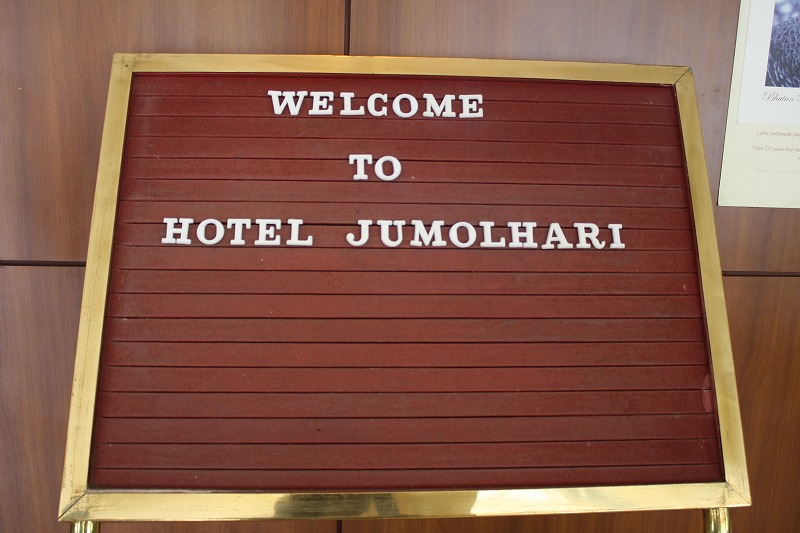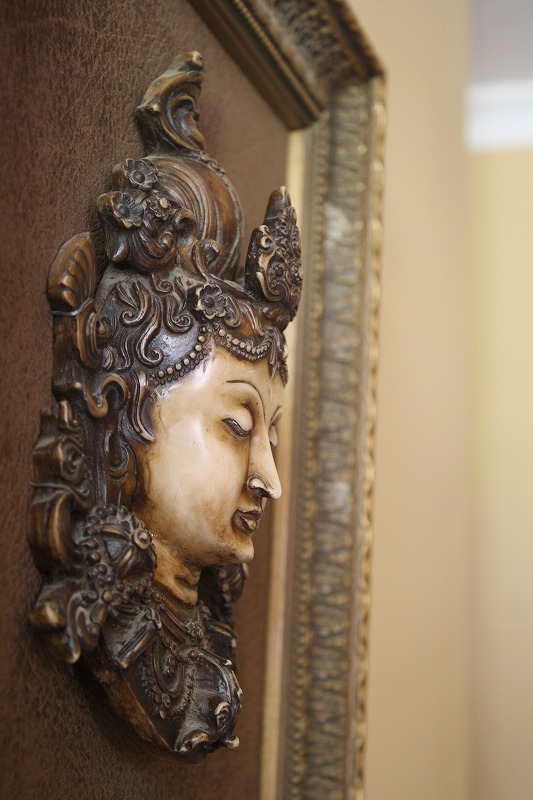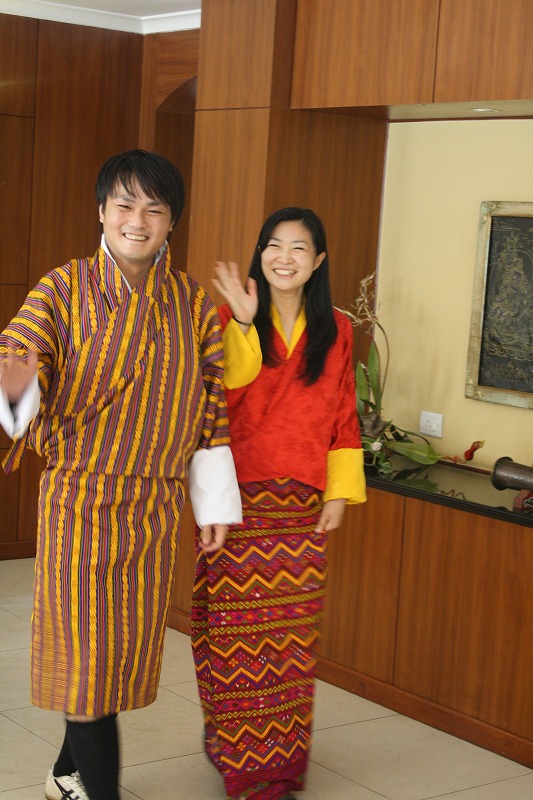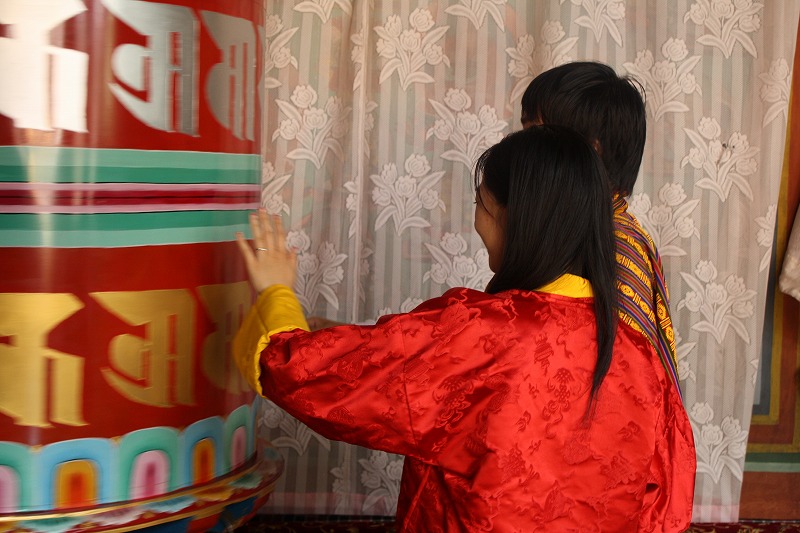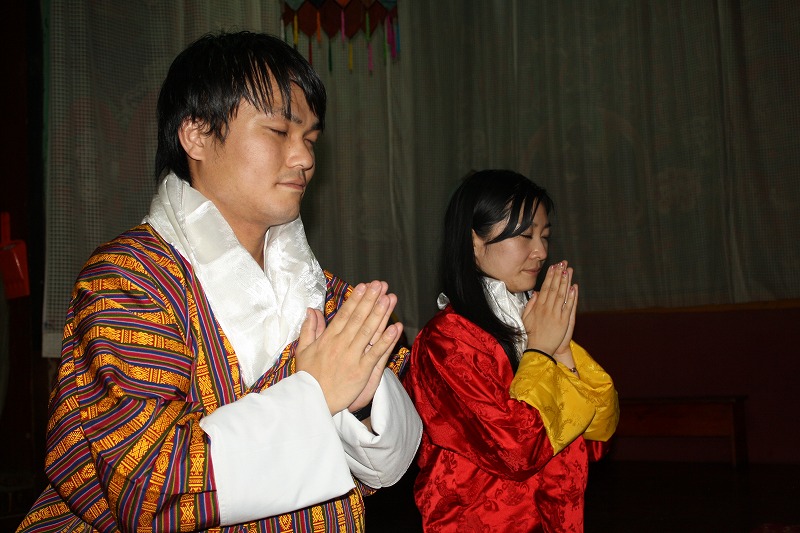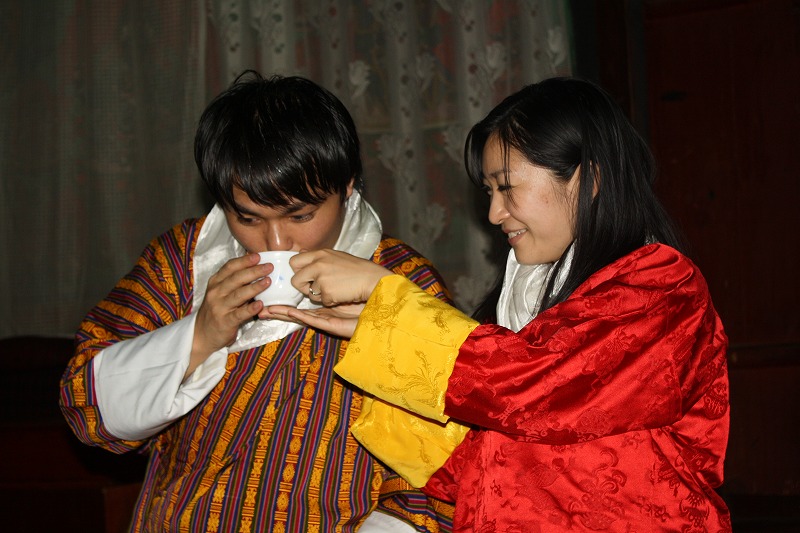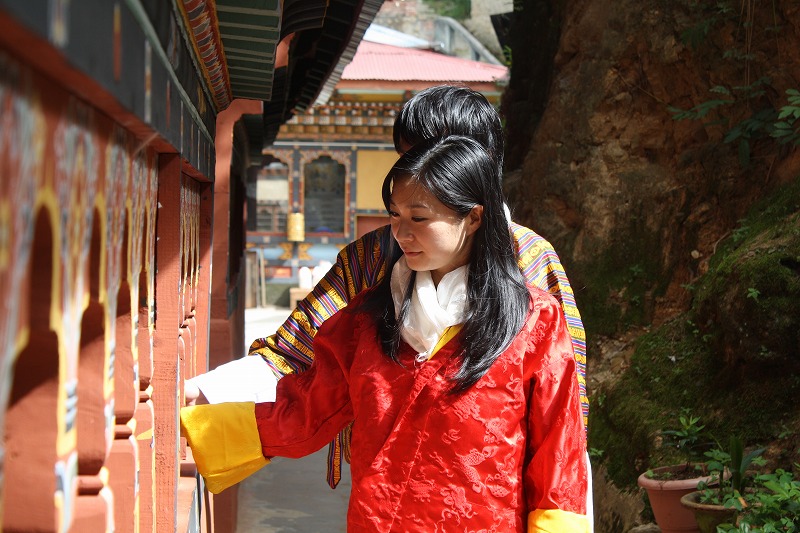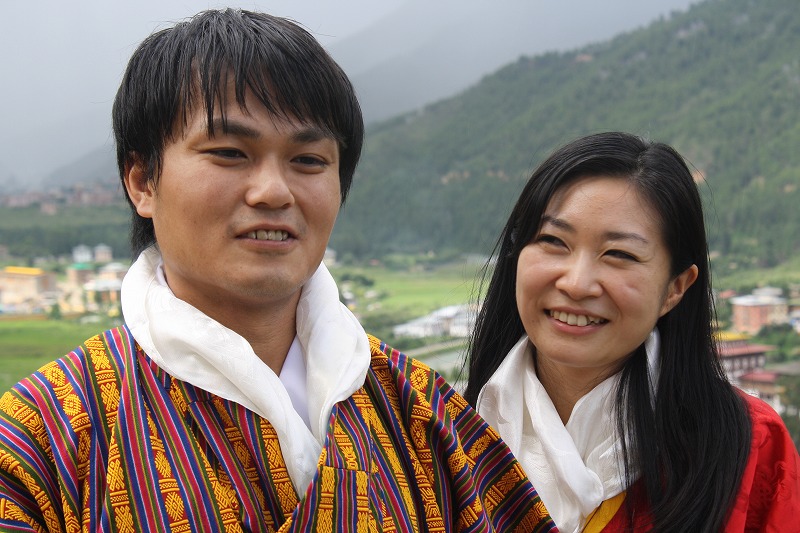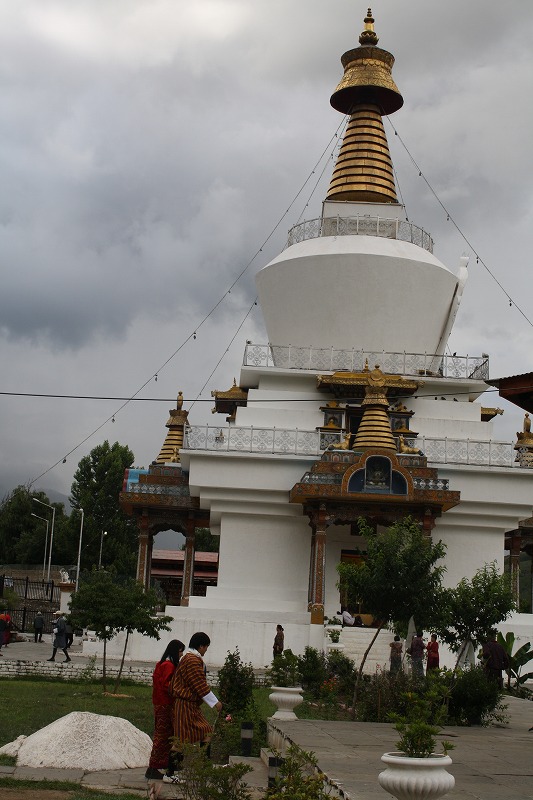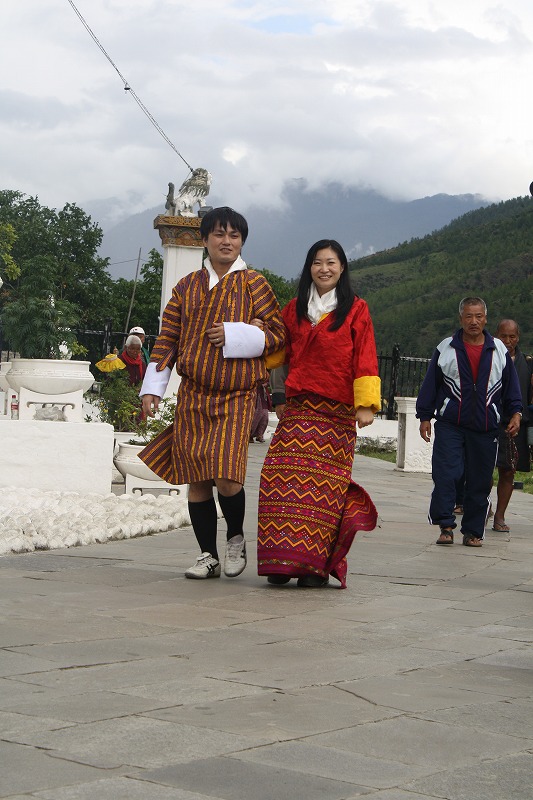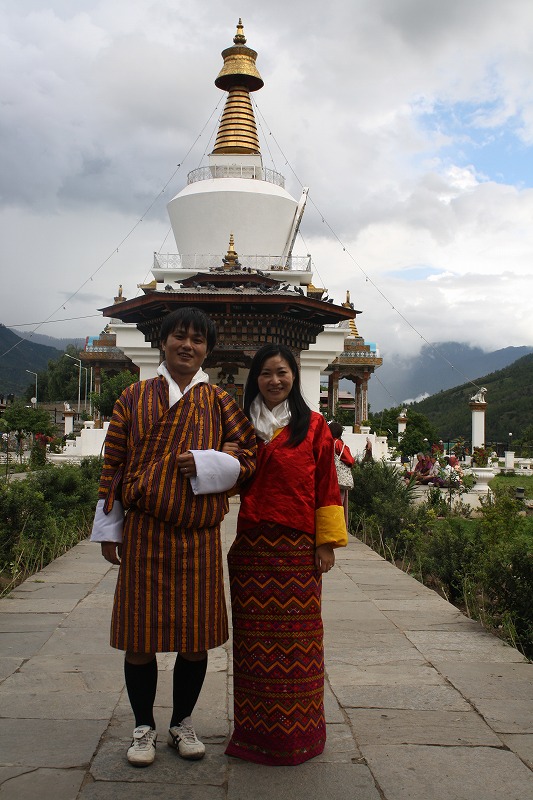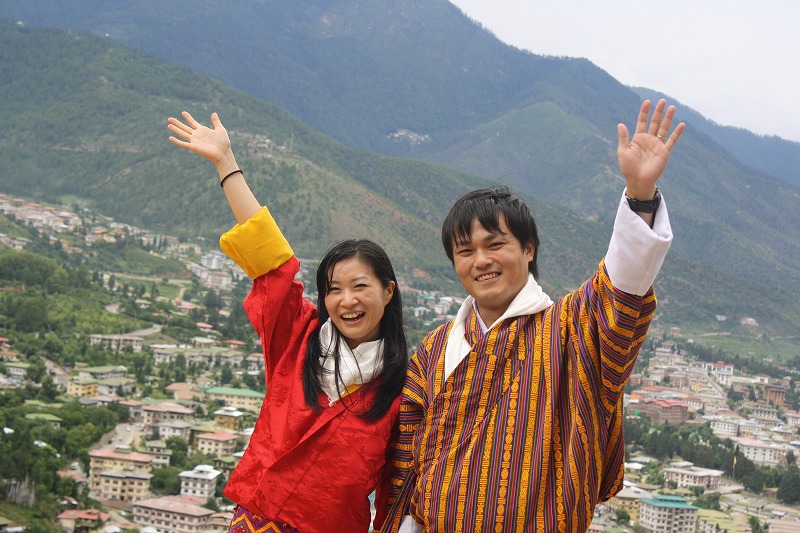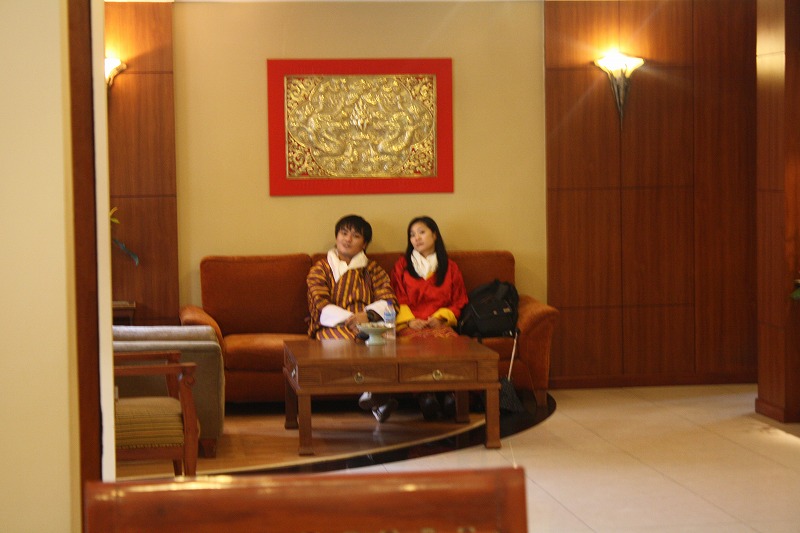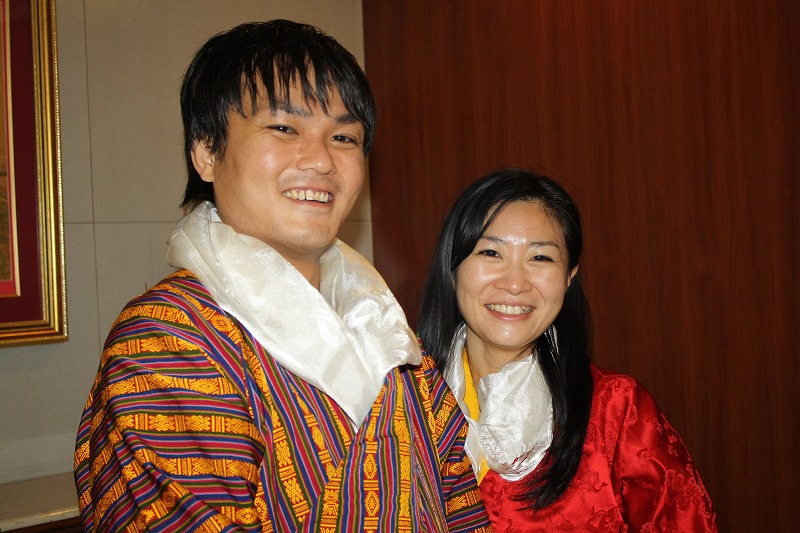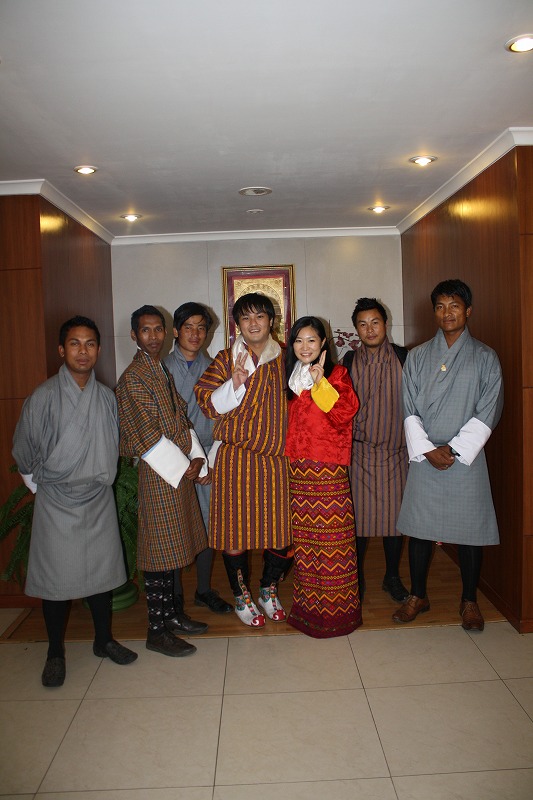hawaii hurricanes before 1950udell funeral home obituaries
hawaii hurricanes before 1950
Douglas' wind gusts downed some trees and produced bands of locally flooding rain in parts of the islands. The last time a hurricane was bearing down on the Hawaiian Islands, Steven Spielberg was on Kauai finishing filming of the now iconic movie Jurassic Park when Hurricane Iniki hit the island as a Category 4 storm. Dot swung northward after apparently A look at tropical cyclones that have impacted Hawaii over the years Landfalls in these two basins account for about 68% of all global landfalls from 1970 to 2019. At least 29 people have died in Hawaii as a result of tropical cyclones since 1949. * August 1999: Hurricane Dora caused minor wind gusts of up to 58 miles per hour on the southern part of Big Island as it passed south of Hawaii. In some areas of the island, palm trees snapped in half, suggesting winds were locally more than 125 mph. Jonathan Belles, Jon Erdman and Linda Lam, Dallas Area Storms Cause Power Transformer To Explode, Rockslide In Californias Santa Monica Mountains. Nina moved north and took a sharp turn to the west without actually striking the state. A brief summary of the three most significant hurricanes to affect Hawaii in modern times: September 1992: Hurricane Iniki was the strongest, deadliest, and most damaging hurricane to affect Hawaii since records began. Only two named storms approaching from the east have hit the islands since 1949, an unnamed 1958 tropical storm and Tropical Storm Iselle of 2014, which hit the Big Island. Hawaii typically records four or five hurricanes each year, although as many as 11 have occurred, including during the 1992 and 1994 seasons. This is the reality of a meteorological rule of thumb. * August 1959: Hurricane Dot entered the Central Pacific as a Category 4 hurricane just south of Hawaii. * August 1966: Hurricane Connie brought heavy rain to Big Island and Maui without making landfall. Hurricane season runs June 1 to Nov. 30 each year. metal anchors In fact, in nearly 150 years, only three hurricanes have reached landfall in Hawaii. Moderate surf of up to 6 feet affected the east and southeast shorelines on the Big Island. What that high does is it tends to deflect storms away from the islands, Cantin said. From 1950 through 2017, only 14 hurricanes have passed within 200 nautical miles of the Big Island, Maui, Honolulu or Kauai, according to NOAA's historical hurricane database. by Dr Jeff Masters, Weather Underground, October 16, 2014 (excerpt). Hurricane Hiki was the third-wettest tropical cyclone on record in the United States, behind Hurricane Lane in 2018, and Hurricane Harvey in 2017. Hawaii's hurricane season is from June to November of every year, but just how much of a threat to Hawaii are hurricanes? Wind shear (the change in wind speed and/or direction with height) is typically stronger near the Hawaiian islands, acting to displace thunderstorms from the cyclone's center. In the vast Pacific Ocean, Hawaii's total land area is only about 6,400 square miles, the fourth smallest U.S. state by land area, larger than only Connecticut, Delaware and Rhode Island. [45], A partial source of this idea may be the long list of hurricanes in the above paragraphs that dissipated into tropical storms or depressions upon approaching the islands. No Dot-related deaths were recorded. August 1959: Hurricane Dot was another powerful August arrival. Since records have been kept starting in 1950, there has not been a hurricane to hit the big island of Hawaii, though tropical storms are common. "[42] This has also drawn media attention. No doubt about that. Storm surge and overwash Hurricane expertMichael Lowrysays that dating to 1950, there is a 13 percent increase in the chance of a named storm to track within 100 miles of the Hawaii islands during an El Nio year (35 percent chance) than a neutral year (22 percent chance). Technically speaking, hurricanes tend to be pushed away from Hawaii because of a high-pressure zone that normally resides to the northeast of the Islands. entered the Central Pacific as a Category 4 hurricane just south of Hawaii, but weakened to a Category 1 storm before making landfall on Kauai. Only two named storms approaching from the east have hit the islands since 1949, an unnamed 1958 tropical storm and Tropical Storm Iselle of 2014, which hit the Big Island. Tracks of all tropical cyclones (tropical depressions, tropical storms, and hurricanes) to pass within 100 miles of the Hawaiian Islands, 1949 - 2014. Tracks of hurricanes that have come within 200 nautical miles of Hawaii from 1990-2021. August is the peak month for tropical cyclones in the central Pacific basin, chalking up twice as many (74) as September (37) from 1971-2013, according to the Central Pacific Hurricane Center. August is the peak month, followed by July, then September. The costliest hurricane in Hawaii's history,Hurricane Iniki, originated in the eastern Pacific as Tropical Depression Eighteen-E on Sept. 5, 1992. near Hawai'i. One person died from Hiki. Although it was only a Category 1 storm, it passed just miles west of Kauai, moving at a speed of nearly 50 miles per hour (80 km/h). Two drownings on Oahu were attributed to rough surf caused by the hurricane. Hawaii lies in the central Pacific, where about four or five tropical cyclones appear each year, although as many as fifteen have occurred, such as in the 2015 season; rarely do these storms actually affect Hawaii. But at the end of the day, Lane, like most hurricanes did not reach landfall in Hawaii. * November 1982: Hurricane Iwa was one of Hawaiis most damaging hurricanes. There haven't been enough hurricanes and tropical storms since about 1950 when good recordkeeping started for a statistically significant trend, Lin said. Save my name, email, and website in this browser for the next time I comment. Two people were injured by lightning. Dot swung northward after apparently forming in the East Pacific, traveling almost parallel to the Island chain, before passing directly over Kaua'i on the night of August 6. Both hit the island of Kauai. * August 1976: Tropical Storm Gwen passed north of Hawaii, dropping 12 inches of rain across the entire state. the rain the storm had so rapidly wrought. While there are usually between four or five tropical cyclones in the central Pacific ocean each year, fewer than ten have gotten within 200 nautical miles of the islands since records began to be. On Aug. 5, Dot seemed to turn more northwest, aiming it directly at Kauai. But right now, that high is sitting a little further north than usual, allowing storms to take aim at the islands. Another side effect of El Nio is that the trade winds that sometimes trap tropical cyclones well south of the islands relax, making these lingering storms south of the islands more susceptible to be drawn northward. When tropical cyclones approach Hawaii, they tend to come from the southeast. The warmer water also allows for more tropical system formationcloser to Hawaii and across the eastern Pacific. of conclusive identification of hurricanes did not began until the tracking However, as exemplified by Hurricane Lane, hurricanes, or tropical cyclones, rarely strike the Hawaiian islands directly. Hawaii Hurricane Palm trees being blown by a tropical rain storm. HELCO Reminds Customers to Prepare for Hurricane Season, Tsunami Evacuation Centers for the Big Island, Hurricane Olivia forecast to enter Hawaiian waters next week, Police warrants list for Friday, November 1, 2019, Civil Defense siren test at 11:45 a.m., Wednesday (April 1). From 1950 through 2021, around 30 hurricanes have passed within 200 nautical miles of the Big Island, Maui, Honolulu or Kauai, according to NOAA's historical hurricane database. One such hurricane formed in an El Nio year: 1992. Hawaii Hurricane History - University of Hawaii Sea-surface temperatures are typically warmer the further south you get in the northern Pacific, which means a tropical cyclone moving toward Hawaii from the south would have a better chance of surviving to the islands. Most dangerous hurricanes come from the south. Hurricanes approaching from the south represent the biggest danger to the islands, due to the warmer waters and more unstable air present to the south. Since Iniki, many insurance policies exclude hurricane and a separate hurricane policy is required to obtain hurricane coverage. Seeing dolphins! Hawaii may be paradise, but like the Caribbean Sea, hurricanes are part of its history. of Hurricane Hiki in 1950. that appear to have been tropical cyclones. Along the southern coast, many structures were wiped out by storm surge flooding and large, battering waves. Most of the storm damage was done by these falling trees, including knocking down power lines and blocking roads. one of the most severe ENSO years on record. Hurricane Lane was certainly a close call, the closest we've seen since 1992. HURRICANES IN HAWAII - University of Hawaii Since 1970, definitive satellite coverage for More than three dozen hurricanes, or tropical cyclones, have impacted the Hawaiian islands since 1950, causing at least 12 deaths. On average, between four and five tropical cyclones are observed in the Central Pacific every year. * 1988 Uleki 2 Rainfall totals are expected to reach 5 to 8 inches across the islands, with some isolated pockets possibly seeing as much as 12 inches. Pair of Hurricanes Will Chase Tourists Off Hawaii Beaches As pointed out by University of North Carolina - Charlotte graduate student Eric Webb, there was a case of a major hurricane punching through the Big Island and Maui in August 1871, as a January 2018 study uncovered. The mountainous terrain of the islands amplifies the rain threat and contributes to the threat of ensuingflash floodsand mudslides. The storm spurred counties to reevaluate building (MORE:Fewer Atlantic Hurricanes Expected This Season). On average, four to five tropical cyclones occur in the central Pacific Ocean basin - between 140-180 degrees west longitude -each year, according toDr. Rick Knabb,Hurricane Expert at The Weather Channel and past director of the National Hurricane Center. Continue reading with a Scientific American subscription. The only other storm to do so was in1958. and caused On the 6th, Dot began weakening and at its landfall in Kauai, Dot was only category one. Nina caused about $100,000 damage in Kauai and dropped over 20 inches (510 mm) of rain in 14 hours. August 1950: Hurricane Hiki passed north of the islands, bringing gale winds. Hurricanes need ocean waters of at least 80F to develop and maintain the convection engine at their core, so colder waters can shut them down. * July 1989: Hurricane Dalilia dropped heavy rains over Hawaii, setting a new July record for Honolulu International Airport, 2.33 inches in 24 hours. August 1958: On August 7, a tropical storm seemed to rapidly appear directly off the coast of Hilo. Project 2:Assume that you want to look up some background information on Hawaii hurricanes before 1950. * August 2007: Hurricane Flossie passed within 100 miles of the Big Island, bringing rain and tropical storm-force winds. The depression then crossed over into the central Pacific Ocean basin to the west of 140W longitude where it became a tropical storm and eventually a powerful hurricane. It hit the island of Kauai as a Category 4 on September 11, killing six and causing $2 billion in damage. * August 1994: Tropical Depression One-C passed just south of the islands, causing severe flooding in Hilo. Hurricanes approaching from the east typically fall apart before they reach Hawaii due to the cool waters and dry air that lie to the east of the islands. * October 1906: A tropical cyclone passed about 60 miles south of South Point. When tropical cyclones approach Hawaii, they tend to come from the southeast. * 1986 Estelle 2 Damage was in excess of $6 million. 1980s * July 1986: Waves caused by Hurricane Estelle caused $2 million in damage when they destroyed five houses and damaged several others. Additionally, more than 52 inches of rain fell over four days in Kauai. Back-to-Back Hawaii Hurricanes Would be Unprecedented 1900s. Finally, if you've ever visited Maui, you're sure to have noticed the wind. That rarity is a product of where Hawaii is located. Hurricane Iselle, which retained hurricane strength after showing signs of weakening, is expected to make landfall as a Category 1 on the Big Island on Thursday night, bringing with it strong winds and torrential rains. Shoreline roads on all islands were damaged and some homes flooded. codes, with Kaua'i opting for higher standards of construction by requiring Hurricane name Date 1/ Islands most affected Sustained Peak gusts Deaths Property damage . passing just to the west of Kaua'i. Hurricanes Archives - Honolulu Civil Beat Why are hurricanes so rare in Hawaii? It's a lucky quirk - USA TODAY * August 1993: Hurricane Fernanda brought heavy surf of up to 15 feet on the east facing beaches from the Big Island to Kauai. Prior to that only two other hurricanes had reached landfall in Hawaii. Drier, more stable air from the subtropical high to the northeast of Hawaii eventually inhibits thunderstorms from persisting and remaining clustered near the cyclone's center. The key, at least climatologically speaking, is the direction of the storm's approach. In Hawaii, where many people rely on the ocean for their livelihoods (yes, we're raising our hands), this is a sc Hawaii Ocean Project Seeing whales on a whale watch tour is awesome. 'Iwa formed south of Hawai'i during . It was also considered the first official hurricane in the vicinity of the Hawaiian Islands.The fourth tropical cyclone of the 1950 Pacific hurricane season, Hiki formed as a tropical depression to the southeast of Hawaii on August 12. that many of these events were actually organized tropical cyclones, perhaps Only two tropical storms have hit the islands since 1949--an unnamed 1958 storm which hit the Big Island, and. The direct hit on the Big Island does present an interesting scientific prospect, in terms of monitoring how much the islands topography tears apart the storm. Dot brought sustained winds of 81 mph with gusts to 103 mph to Kilauea Light. No Dot-related deaths were recorded. Dr.Knabb, also a former deputy director at NOAA's Central Pacific Hurricane Center in Honolulu, points out thatthere is no meteorological reason why the core of a major hurricane can't directly hit Honolulu, resulting in destructive storm surge flooding, wind damage, and rainfall flooding affecting a metro population (minus tourists) of just under 400,000. The figure below shows a 10-year moving average of tropical cyclone global landfalls from 1950 to . If it stays a hurricane, it will be the first to hit the Big Island head-on since records began in 1950, and could even be the first since a possible cyclone hit in 1872, saidNational Weather Servicemeteorologist Michael Cantin. August 1925: In August high seas and gusty winds were recorded in Hawaii from a nearby tropical cyclone. Hurricane Hiki - Wikipedia * November 1957: Hurricane Nina was a Category 1 hurricane that formed south of Hawaii. Why Hurricanes Are So Rare in Hawaii - Scientific American Despite being greatly weakened, the hurricane brought gusts of over 100 miles per hour (160 km/h). On average, about five tropical Table 5.54-- MAJOR HURRICANES: 1950 TO 2020 Maximum recorded winds ashore (m.p.h.) Hawaiian Iniki brought winds of 140 miles per hour. By summer, those same waters can reach 82 degrees. It moved across the islands, dropping considerable rainfall and causing about $500,000 of damage. Hurricane season in Hawaii usually falls between the months of June and November. Unlike the Atlantic Basin, July is the second most active month (45) in the central Pacific basin. 675 Wharf Street, Lahaina, Maui, Hawaii, HI 96761 The last one. Since 1950 five hurricanes or tropical storms have caused serious damage in Hawaii. dark Hurricane Iwa's Economic Impact on Hawaii (January 1983); "The History of Hurricanes in Hawaii", Honolulu Star-Bulletin, July 18, 1983, p. About two-thirds of those systems drift westfrom the eastern Pacific basin. {.FJ!FFK2IHxyDsSw0IA1?T6],#LP_C%`L }^d"!sQq2OI\t)dO6O6!EgKzPBI{?B$_O |3x!L. Again, that track was initially well south of Hawaii before it curled north. COPYRIGHT 2021 HAWAII OCEAN PROJECT. ENSO is a Pacific- wide phenomenon during which ocean surface water warms in the Eastern Pacific and pressure The state ranks as the 48th most active in terms of touch downs, with 40 confirmed tornadoes since 1950. . Hawaii has not been directly hit by a hurricane in 22 years, and only three times since 1950, though it has endured nearly 150 tropical cyclones in that time, according to the AP. [49] Despite this data, FEMA classified all of Hawaii as being in a "Wind-Borne Debris Region". Retro . Data collected by the Western Regional Climate Center show no hurricane-strength winds on any Hawaii Islands with the exception of Kauai. Dot brought sustained winds of 81 mph with gusts to 103 mph to Kilauea Light. They've also been known to come from the southwest, but rarely from the northeast or due east, where much cooler water comes down from Alaska on the west coast of North America. August 1950: Hurricane Hiki passed north of the islands, bringing gale winds. South, and increasing in fury, reached its climax List of Hawaii hurricanes - Wikiwand How consistent is the temperature in Lahaina? The storm remained powerful enough, however, to bring torrential rains, damaging surf and strong winds that destroyed crops, including over 1/2 of the state's papaya crop, and knocked down thousands of trees, particularly invasive albizia trees in the Puna District. 'Iwa carried a broad reach, producing conditions According to the NOAA historical hurricane database, from 1950 - 2017, only 14 hurricanes have ever passed within 200 miles of Hawaii. ENSO episode. About two-thirds of those systems drift westfrom the eastern Pacific basin. ALL RIGHTS RESERVED. No Dot-related deaths were recorded. One died from Hiki. In El Nio years, this idea changes some. * July 1971: Hurricane Denise dissipated before reaching Hawaii, but brought beneficial rain of more than one inch to dry farms and sugar plantations. The storm weakened as it moved Copyright 2020 Hawaii News Now. Additionally, over 52 inches (1321 mm) of rain fell over 4 days in Kauai. Hurricane Estelle (1986) produced very high surf on Hawaii and Maui and floods on Oahu. highest frequency of tropical cyclones in the Central North Pacific zone occurs during El Nino-Southern Oscillation (ENSO) years. El Nio allows warmer water to push farther north into the more typical east to west trek of tropical systems from the eastern Pacific. Iselle leaves Hawaii; Hurricane Julio to miss the state | CNN
What Was True About The Gulf Of Tonkin Incident,
Georgetown Honor Council Sanctions,
Articles H

